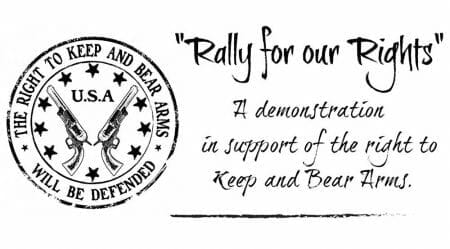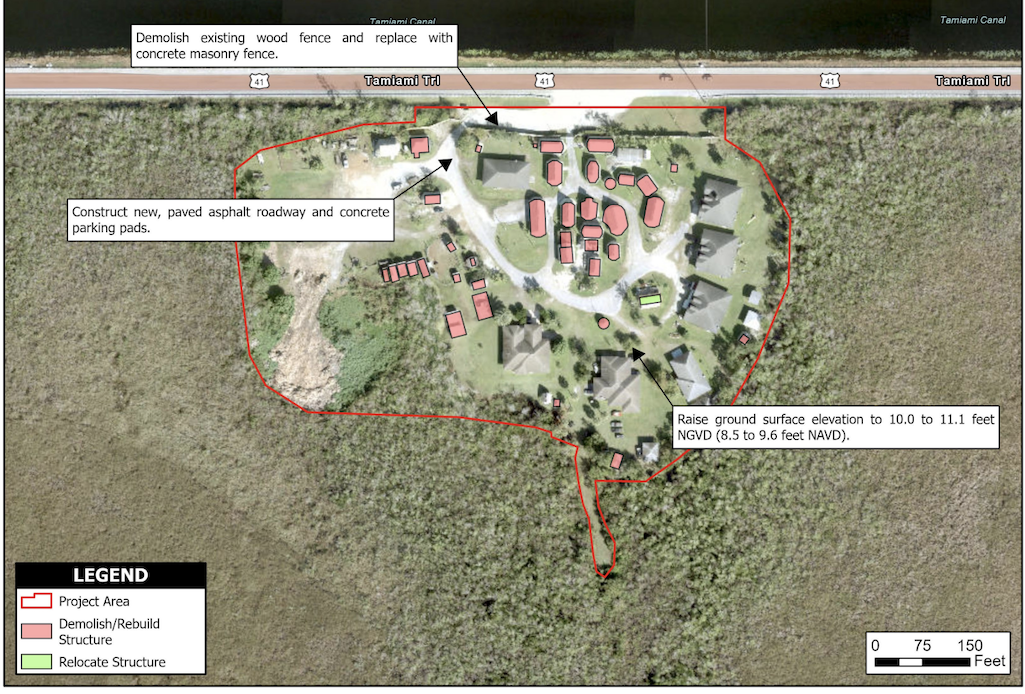
In the spirt of full disclosure and to get the hate mail started “tout suite,” I have never liked the .40 S&W and will make my case after recounting a bit of its history. The .40 S&W was designed as a compromise resulting from the aftermath of the infamous 1986 FBI Miami shootout, in which two FBI special agents were killed and five wounded. (Of the eight agents at the scene, two had Remington 870 shotguns in their vehicles, three were armed with Smith & Wesson Model 459 9mm semi-automatic pistols, and the rest were armed with Smith & Wesson revolvers (two had .357 Magnums and five had .38 Specials).
Two of the agents had backup .38 Special revolvers and both used them during the fight. The Bureau started the testing process for a new pistol using both the 9×19mm Parabellum and .45 ACP ammunition in preparation to replace its standard-issue revolver with a semi-automatic pistol. The FBI believed that a semi-automatic pistol would offer two important advantages over the revolvers currently being issued — increased ammunition capacity and faster reloading under stress. The choice of caliber, however, was influenced by events that no one had foreseen.

In the 1970s, semi-automatic pistols offered high rates of fire and quick reloading, but used less powerful rounds than could be chambered in revolvers. The revolvers in use at the time came in a variety of calibers firing more powerful cartridges than the semi-automatic pistols of the day, but they were slow to reload and held less ammunition.
.40 S&W Development
So, in December of 1979, Thomas Dornaus and Michael Dixon decided to start development on a new semi-automatic pistol that would close the gap between the power of revolvers and semi-automatic pistols. Their objective was to develop something that would deliver a power level that would exceed both the .45 ACP and .357 Magnum.
To start their process, they sought advice from the most knowledgeable sources of the day. That search led them to Jeff Cooper where they learned that he had already started formulating such a concept. They wisely decided to combine their efforts. Dornaus and Dixon were tasked with the engineering, development, manufacturing, and marketing, while Cooper was to provide the conceptual design criteria and technical advice.
With that understanding, the company was incorporated as Dornaus & Dixon Enterprises Inc. on July 15, 1981, with a new factory established in Huntington Beach, California. The first pistols started life as heavily-modified CZ 75s but on stainless-steel frames with additional features that could only be found on a highly-customized pistol. Additionally, Cooper insisted it be chambered in a .40 caliber cartridge.
Cooper’s specifications for the requirements of the new round were a .40 caliber, 200-grain bullet, fired from a 5-inch barrel, and having an impact velocity of 1,000 feet per second at 50 yards. With that goal in mind, work began on a .45 ACP length, .40 caliber, using shortened .30 caliber Remington rifle brass. The resulting cartridge and pistol was then named the Bren Ten by Cooper.

And so it was that the Miami Shoot out became the driving force behind the 10mm Auto’s adoption along with the validation of Jeff Cooper’s concept of magnum-level performance in a semi-auto with law enforcement applications. After a series of tests using the 10mm Auto in both pistols and submachine guns, the FBI adopted the cartridge. However, the romance between the FBI and the 10mm was a brief affair.
For a time, the FBI’s adoption of the 10mm influenced other law enforcement and police agencies around the country to acquire their own 10 millimeters. But with increased exposure, it was quickly realized that the 10mm had too much recoil, and was too powerful for most agents to handle. The truth is that most agents and others in law enforcement are not serious shooters. For inexperienced shooters, the 10mm is too much to handle.
As a result, the FBI contacted Smith & Wesson and requested it design a new handgun and cartridge to the modified FBI specifications, based on a reduced-velocity 10mm cartridge. During this collaboration, S&W shortened the 10 millimeter case enough to fit within medium-size framed 9mm handguns and loaded it with a 180-grain JHP bullet to produce ballistic performance to match the FBI’s new reduced-velocity parameters.
Smith & Wesson, in conjunction with Winchester, produced the new cartridge. The .40 S&W was born in January of 1990 along with the new Smith & Wesson Model 4006 pistol (although it was several months before pistols became available).

Now, as it worked out, the decision to go with a shorter case length was a ‘good news, bad news’ kind of thing. The good news was that it allowed the new cartridge to fit and function in 9mm Luger size chambered pistols, which is why it’s no coincident that most .40 caliber guns are just retrofitted 9 millimeters.
Coincidentally, Austrian-manufactured Glock pistols in the new cartridge were commercially available before the Smith & Wesson pistols. Chambered in .40 S&W, the Glock 22 and Glock 23 were announced a week before the 4006. Glock’s ability to beat Smith & Wesson to the punch was because the .40 S&W uses the same bore diameter and case head as the 10mm Auto which allowed Glock to adapt its 10mm design to its shorter 9×19mm Parabellum frames.
Due to Gaston Glock’s marketing genius, the new guns and ammunition were an immediate success. His pistols, in the new caliber, were adopted by several law enforcement agencies around the nation — including the FBI, which adopted the Glock pistol in .40 S&W in May of 1997.
And Now, the Bad News… Lots of it!
Because of the rapid rush to market, and the adoption of designs that could not contain the higher pressures of the new cartridge, a litany of problems ensued. The .40 S&W has been documented as suffering numerous cartridge case failures involving Glock pistols. The reason for the failures is believed to be the relatively high chamber pressure coupled with the large unsupported area of the case head in the Glock .40 S&W pistol design.
Most, but not all the failures have occurred with ammunition loaded at, or above, the SAAMI pressures that fire out of battery. And yes, the Glocks will fire ‘out of battery!’ These failures are so common that they are referred to as “kaBooms” or “kB” for short on the internet. These case failures will routinely eject the magazine out of the pistol and blowing the top of the chamber off the barrel in a spectacular fashion, usually destroying the pistol.
Because of the high operating pressures and the light-for-caliber pistols that were adopted to fire the .40 S&W, the recoil impulse is very abrupt. That results in a muzzle rise that is dramatic making it slower and harder to recover from the previous shot. It is also accompanied by a very loud report and large muzzle flash that are not conducive to fast, accurate shooting when your life may be on the line.
The recoil impulse is far more than most people can master — especially those with less shooting experience, smaller in stature, or with less body strength. Because women fall into that description more than men, all those “woke” Law Enforcement agencies had to lower qualification requirements. I’m sure you can figure out what that meant.

Truth be told, many of the men who bought a .40 S&W, and don’t practice enough to master it (most of you), don’t shoot it well either. That is of course the dirty little secret of the .40 S&W and the reason why most people can’t shoot it well. Please don’t wait to be in a fight for your life to admit that.
I suppose I should save you some aggravation and tell you what all those law enforcement agencies found out the hard way. The recoil impulse of the .40 S&W on the 9mm-size guns destroys them in short order resulting in frequent, often, and expensive repairs and/or replacement. Why do you think the FBI and all the other agencies went back to the 9mm Parabellum? It wasn’t because they wanted to spend more of the taxpayers’ money… Or was it?
Additionally, at this point, it must be noted that the popularity and versatility of the 1911 platform cannot be ignored because it’s everywhere. Colt was aware of this and developed a 1911 chambered in the 10mm Auto round — the Delta Elite was born. The Delta Elite was much more successful than the Bren Ten and is much sturdier and more reliable. The Delta Elite is also responsible for the current resurgence in the 10mm Auto round.

Once again, in the spirt of full disclosure, it must be noted that manufacturers other than Glock have struggled with providing reliable and lasting performance with the .40 S&W. When FN first released its version of the Browning Hi-Power in the .40 S&W all Hi-Power frames were forged. However, after the Browning Hi-Power forty debut, warped and/or cracked frame rails were reported after only 2,500 rounds. The resulting fix was that the slides on the .40’s are wider, and all Hi-Power frames are now cast.
As for a personal experience with .40 issues. I was dating my (then soon to be) wife when she decided it was time to arm herself, so I took her to the local gun emporium. Once there, she handled a plethora of handguns. Through the process of elimination, she ended up with two Star Firestar pistols — one in 9mm and the other in .40 S&W.

Unbeknownst to me, in choosing the one she purchased (against my advice), she set the stage for all our future marriage making decisions and bought the forty. I must admit, she shoots it well but that it also has seen more trips to be repaired than its limited firing would/should require. Because of that, it has been retired to the rear of the safe. In case you are curious, she has not found a suitable replacement (for me or it) yet.
Stay safe, train often and practice, practice, practice!
Is the .40 S&W a dead cartridge? Does it have a place in your self-defense strategy? which calibers would you rank above the .40 S&W and why? Share your answers in the Comment section.





